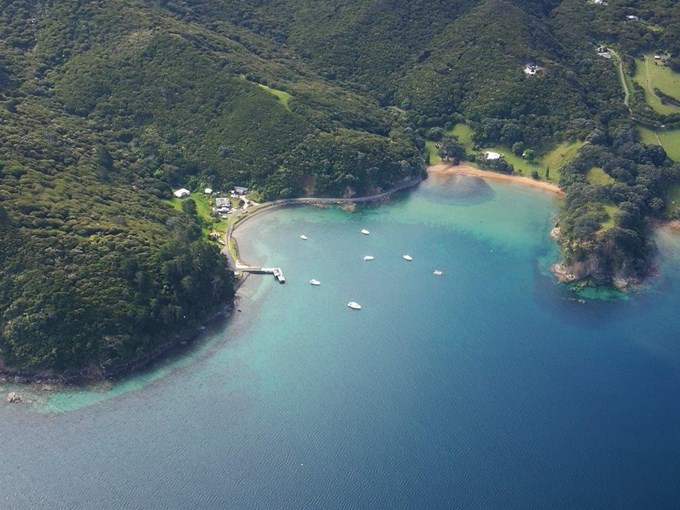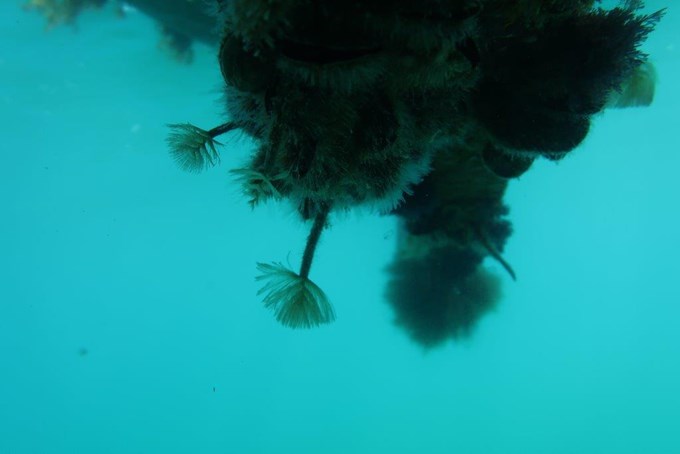Boaties are being asked to clean their hulls to slow down the spread of fanworm and protect Great Barrier Island’s underwater world from other marine pests.
Marine pest a risk to Great Barrier Island
With the weather heating up and holidays approaching, it is no surprise more Kiwis are choosing to put out to sea and visit our dazzling Hauraki Gulf. The heightened marine traffic in the Gulf has led to a spread of fanworm, an invasive marine pest, particularly around Great Barrier Island.
The Mediterranean fanworm was discovered in a localised population on Great Barrier Island in March 2017 and has since been controlled and contained by specialised marine biosecurity divers.
However, dirty hulls risk introducing or reintroducing the marine pest and others to the Great Barrier area.
Check your hull before setting out
To avoid being turned away from a marina, failing a spot check, or infecting your favourite water spot with marine pests, make sure your hull has no more than a light slime layer.
So, if you can’t remember the last time you gave the bottom of your boat a thorough clean, get cracking before setting out this summer.
Protecting Auckland’s waters
Auckland Council Marine Biosecurity Advisor Samantha Happy says keeping hulls clean is vital to protect Auckland’s waters.
“We need a concentrated effort to keep Great Barrier Island, the jewel of Auckland’s harbour, in a near pristine condition,” she says, “Auckland is a high-risk port to other parts of the country and dirty boats can carry the marine pest to unsullied areas.”

The Waitematā and inner Hauraki Gulf are already infested with a number of marine pests which makes it vital to protect Great Barrier Island.
Great Barrier Island’s marine life is also significant in light of the island being recognised as a Dark Sky Sanctuary earlier this year, a status awarded to sites with notable sky darkness, seclusion, minimal light-pollution and prioritisation for long-term conservation. Great Barrier Island was only the third site in the world and the first island to achieve this status.
Check out marinepests.nz for regional rules and marina requirements.



